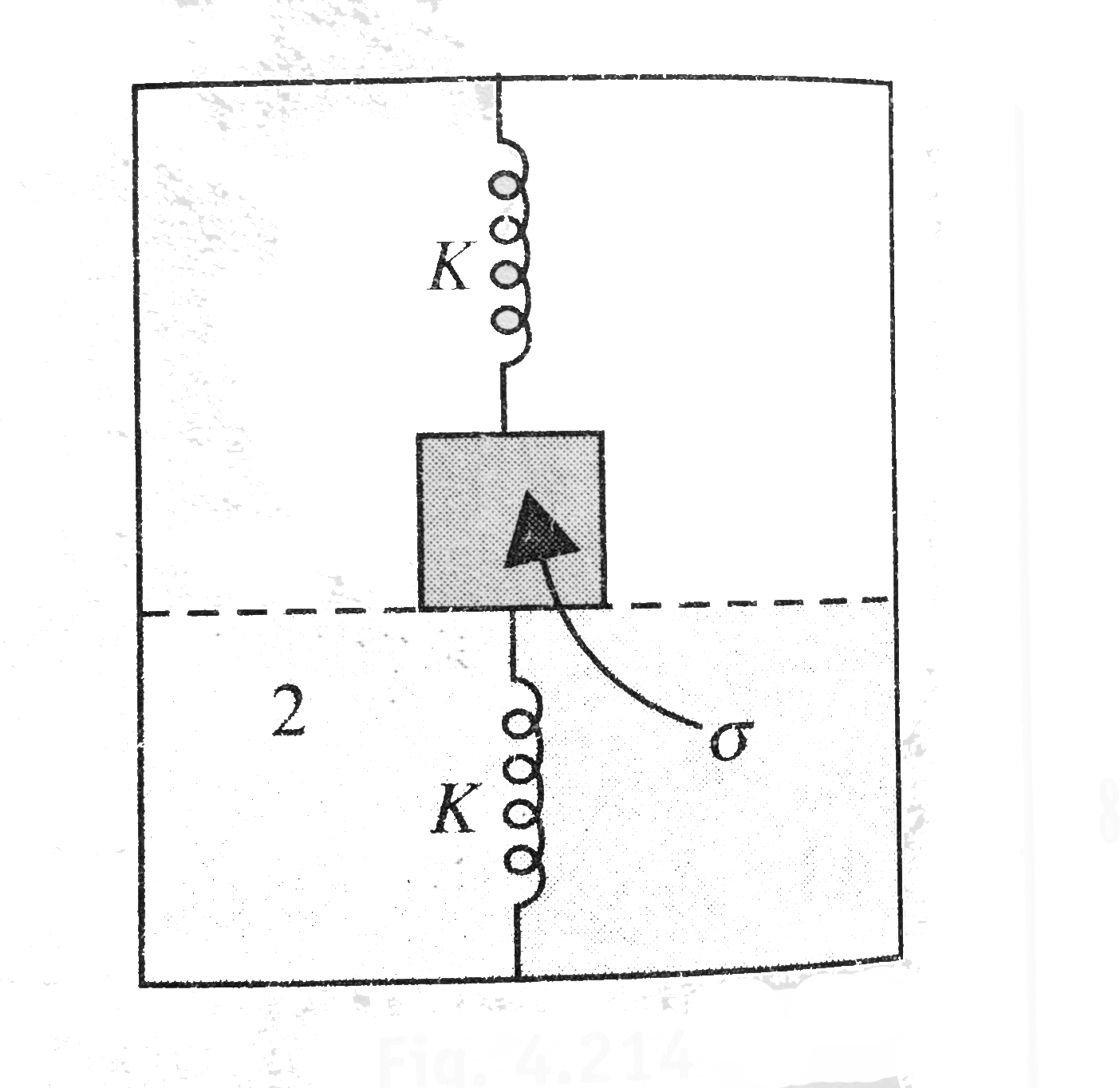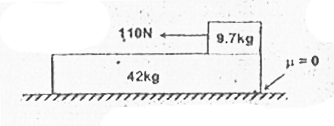While laying concrete slabs on the floor tiny gaps are left so as to provide for the cubical expansion.
Step-by-Step Solution:
1. Understanding the Concept of Thermal Expansion:
- When materials, including concrete, are heated, their particles gain energy and move apart, causing the material to expand. This phenomenon is known as thermal expansion.
2. Identifying the Need for Gaps:
- In the case of concrete slabs, when the temperature rises (like in summer), the concrete expands. If there are no gaps left between the slabs, the expansion can lead to pressure build-up.
3. Consequences of No Gaps:
- If the concrete slabs expand without any space to accommodate this expansion, it can cause the slabs to crack or buckle, leading to structural damage.
4. Conclusion:
- Therefore, leaving tiny gaps while laying concrete slabs is a preventive measure to allow for thermal expansion, ensuring the integrity of the structure.
5. Final Statement:
- The statement that "while laying concrete slabs on the floor tiny gaps are left to provide for the cubical expansion" is indeed correct.
---
- When materials, including concrete, are heated, their particles gain energy and move apart, causing the material to expand. This phenomenon is known as thermal expansion.
- In the case of concrete slabs, when the temperature rises (like in summer), the concrete expands. If there are no gaps left between the slabs, the expansion can lead to pressure build-up.
- If the concrete slabs expand without any space to accommodate this expansion, it can cause the slabs to crack or buckle, leading to structural damage.
- Therefore, leaving tiny gaps while laying concrete slabs is a preventive measure to allow for thermal expansion, ensuring the integrity of the structure.
- The statement that "while laying concrete slabs on the floor tiny gaps are left to provide for the cubical expansion" is indeed correct.
Topper's Solved these Questions
- HEAT TRANSFER BOOK - ICSECHAPTER - HEAT TRANSFER EXERCISE - EXERCISE (OBJECTIVE TYPE QUESTIONS) (Tick (✓) the most appropriate answer.)
5 Videos
- HEAT TRANSFER BOOK - ICSECHAPTER - HEAT TRANSFER EXERCISE - EXERCISE (OBJECTIVE TYPE QUESTIONS) (Match the columN)
1 Videos
- HEAT TRANSFER BOOK - ICSECHAPTER - HEAT TRANSFER EXERCISE - Picture Study
2 Videos
- FORCE AND PRESSURE BOOK - ICSECHAPTER - FORCE AND PRESSURE EXERCISE - Picture Study
4 Videos
- LIGHT ENERGYBOOK - ICSECHAPTER - LIGHT ENERGYEXERCISE - THEME ASSIGNMENT D. Statements given below are incorrect. Write the correct statements.
7 Videos
Similar Questions
Statements given below are incorrect. Write the correct statements.
Small gaps are provided between the railway lines to provide for easy transportation and laying of railway lines.
View SolutionA floor which measures 15m×8m is to be laid with tiles measuring 50cm×25cm. Find the number of tiles required.
Further, if a carpet is laid on the floor so that a space of 1 m exists between its edges and the edges of the floor, what fraction of the floor is left uncovered.
View SolutionThe volume of a glass vessel is 1000 cc at 20∘C. What volume of mercury should be poured into it at this temperature so that the volume of the remaining space does not change with temperature? Coefficients of cubical expansion of mercury and glass are 1.8×10−4C−1 and 9.0×10−6C−1. respectively.
View SolutionThe volume of a glass vessel is 1000 cc at 20∘C. What volume of mercury could be poured into it at this temperature so that the volume of the remaining space does not change with temperature? Coefficients of cubical expansion of mercury and glass are 1.8×10−4∘C−1 and 9×10−6∘C−1 respectively.
View SolutionA cubic block of side a is connected with two similar vertical springs as shown. Initially, bottom surface of the block of density σ touches the surface of the fluid of density 2σ while floating. A weight is placed on the block so that it is immersed half in the fluid, find the weight.

View SolutionWhy is the concrete floor made in small slabs, rather than a single block? Explain.
View SolutionA concrete slab has a length of 10 m on a winter night when the temperature is 0∘C. Find the length of the slab on a summer day when the temperature is 35∘C. The coefficient of linear expansion of concrete is 1.0×10−5C−1.
View SolutionA concrete slab has a length of 10 m on a winter night when the temperature is 0∘C. Find the length of the slab on a summer day when the temperature is 35∘C. The coefficient of linear expansion of concrete is 1.0×10−5∘C−1.
View SolutionA cubical transparent slab is used as a paper weight. What should be the minimum refractive index of the material of the slab so that letters below it are not visible from any of its vertical faces.
View SolutionA 42 kg slab rests on a frictionless floor A 9.7 kg block rests on the top of the slab as shown in the figure. The co-efficient of static friction between the block and the slab is 0.53, while the co-efficient of kinetic friction is 0.38. The 9.7 kg block is acted upon by a horizontal force of 110 N. What are the resulting accelerations of
(a) the block, and (b) the slab? (Take g=9.8m/s2)

View Solution
